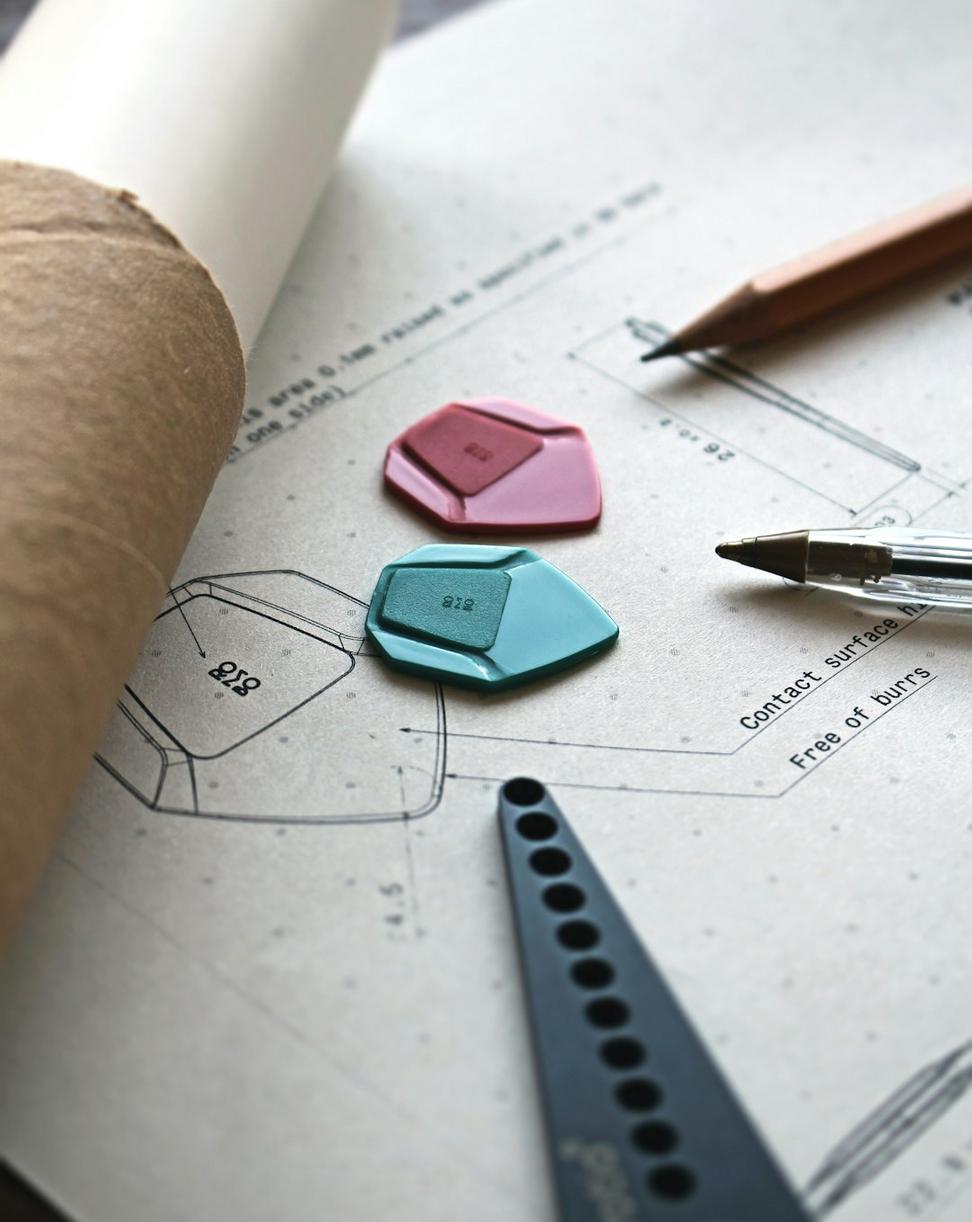What We Do Up North
We've spent years figuring out what works when the thermometer hits -40 and the wind won't quit. These aren't just services - they're solutions we've tested in some of Canada's toughest conditions.
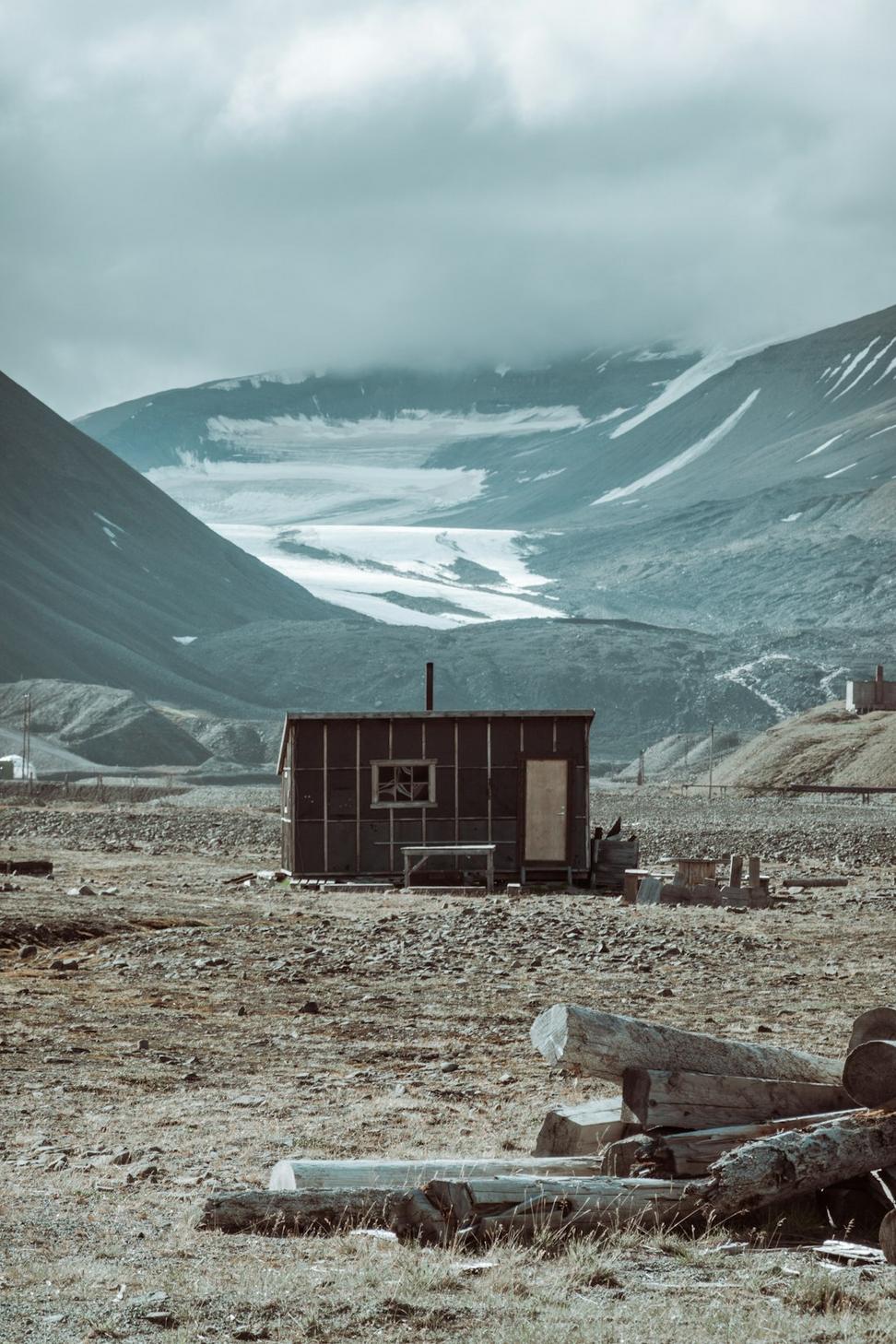
We've spent years figuring out what works when the thermometer hits -40 and the wind won't quit. These aren't just services - they're solutions we've tested in some of Canada's toughest conditions.

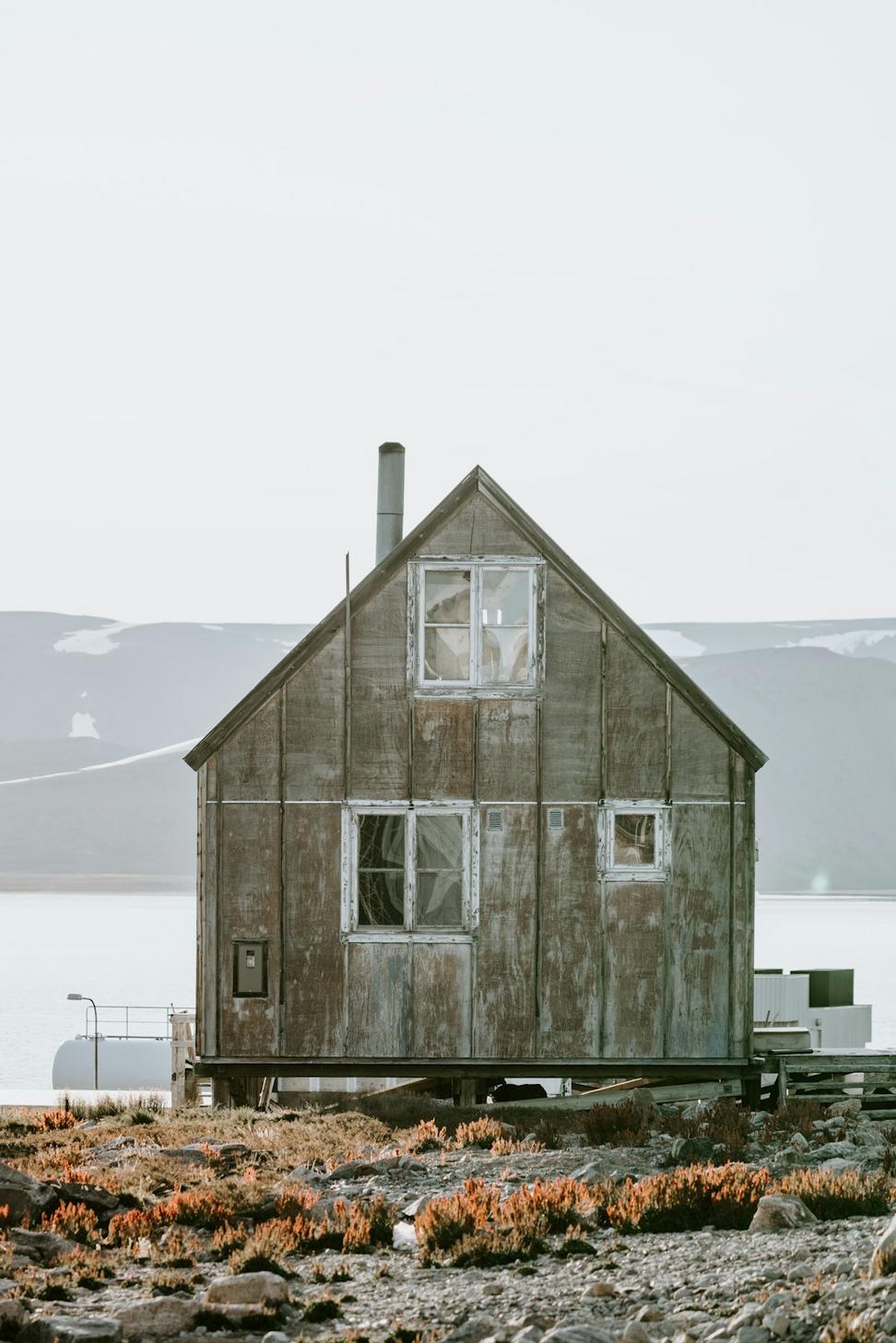
Look, sustainability in the Arctic isn't some marketing gimmick - it's survival. We design buildings that work with the environment, not against it. That means understanding permafrost dynamics, maximizing whatever sunlight we can get, and creating structures that'll still be standing strong when your grandkids are around.
Every project starts with the land. We spend time on-site, talk to locals who know the area, and plan around seasonal changes that'd shock folks from down south. Solar orientation matters way more at high latitudes than most architects realize. We've learned to capture every bit of passive heat without overheating during those endless summer days.
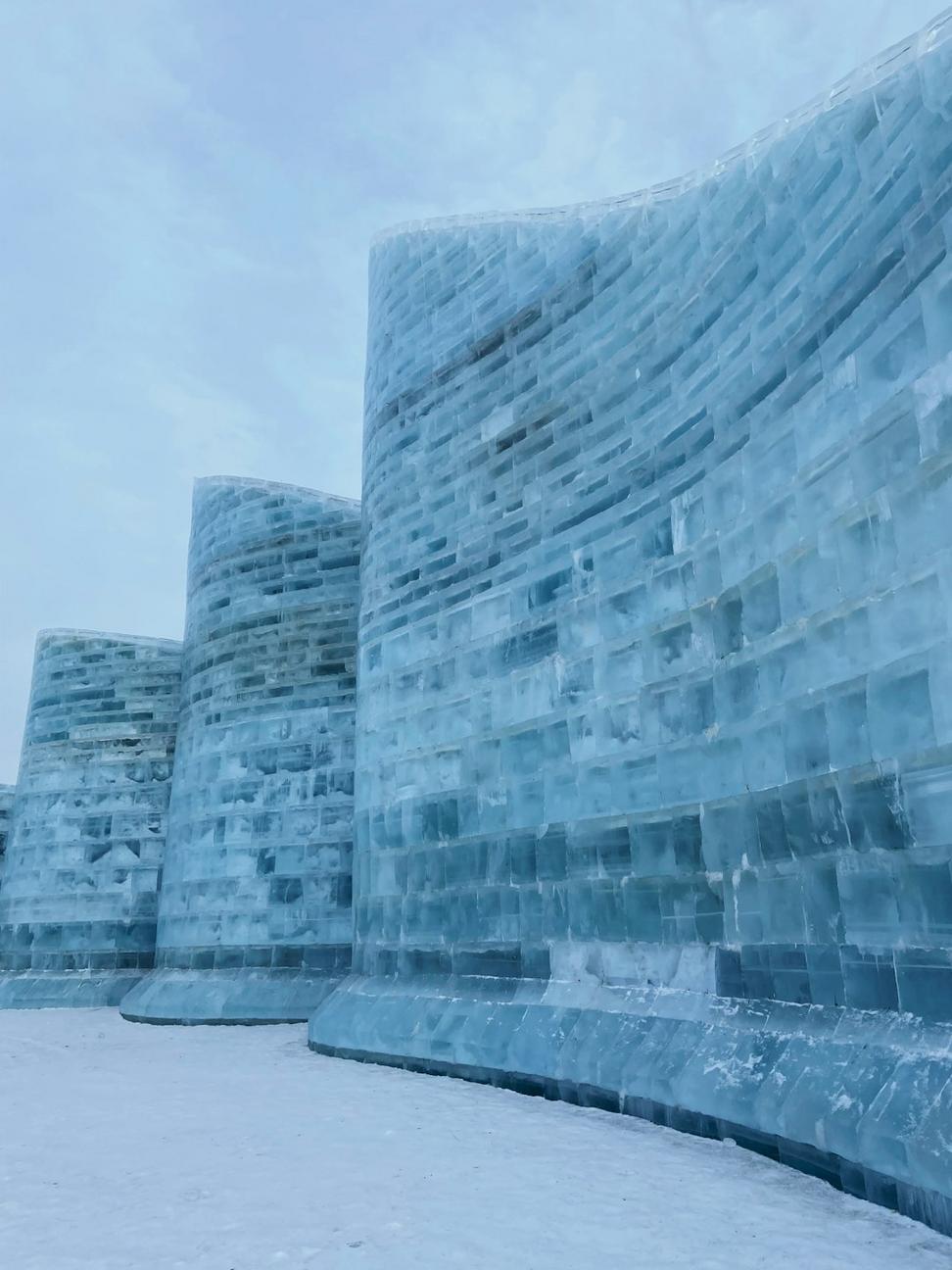
Building in extreme cold isn't just regular construction with extra insulation thrown in. The physics change. Materials behave differently. What works in Vancouver will fail spectacularly in Whitehorse. We've made our mistakes over the years and learned from every single one.
Thermal bridging becomes your worst enemy when it's minus-thirty for weeks on end. Condensation zones shift. Ice dams aren't just annoying - they're structural threats. We design envelope systems that account for these realities, not textbook theories. Our details have been proven in actual northern conditions, not just computer simulations.
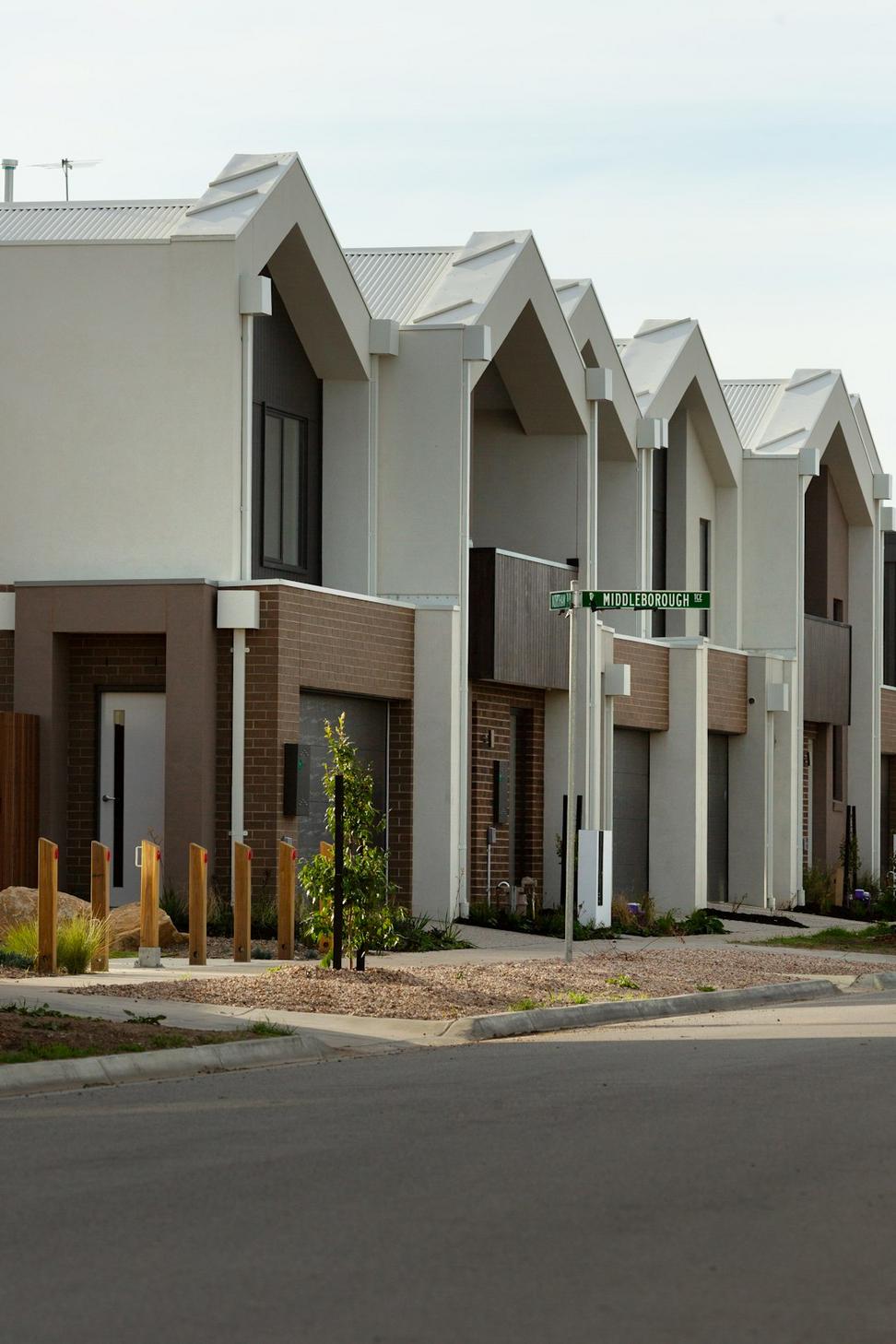
Your heating bill shouldn't cost more than your mortgage. We've seen too many northern homes that hemorrhage heat and money. Good residential design up here means creating spaces that feel warm and welcoming while sipping energy instead of guzzling it.
It's not about making people live in some hyper-efficient box with tiny windows. We balance comfort, aesthetics, and performance. Yes, you can have big windows facing south. No, you shouldn't put them facing north unless you really love ice buildup. These are the kinds of practical trade-offs we navigate daily. Every house we design tells us something new about living well in the cold.
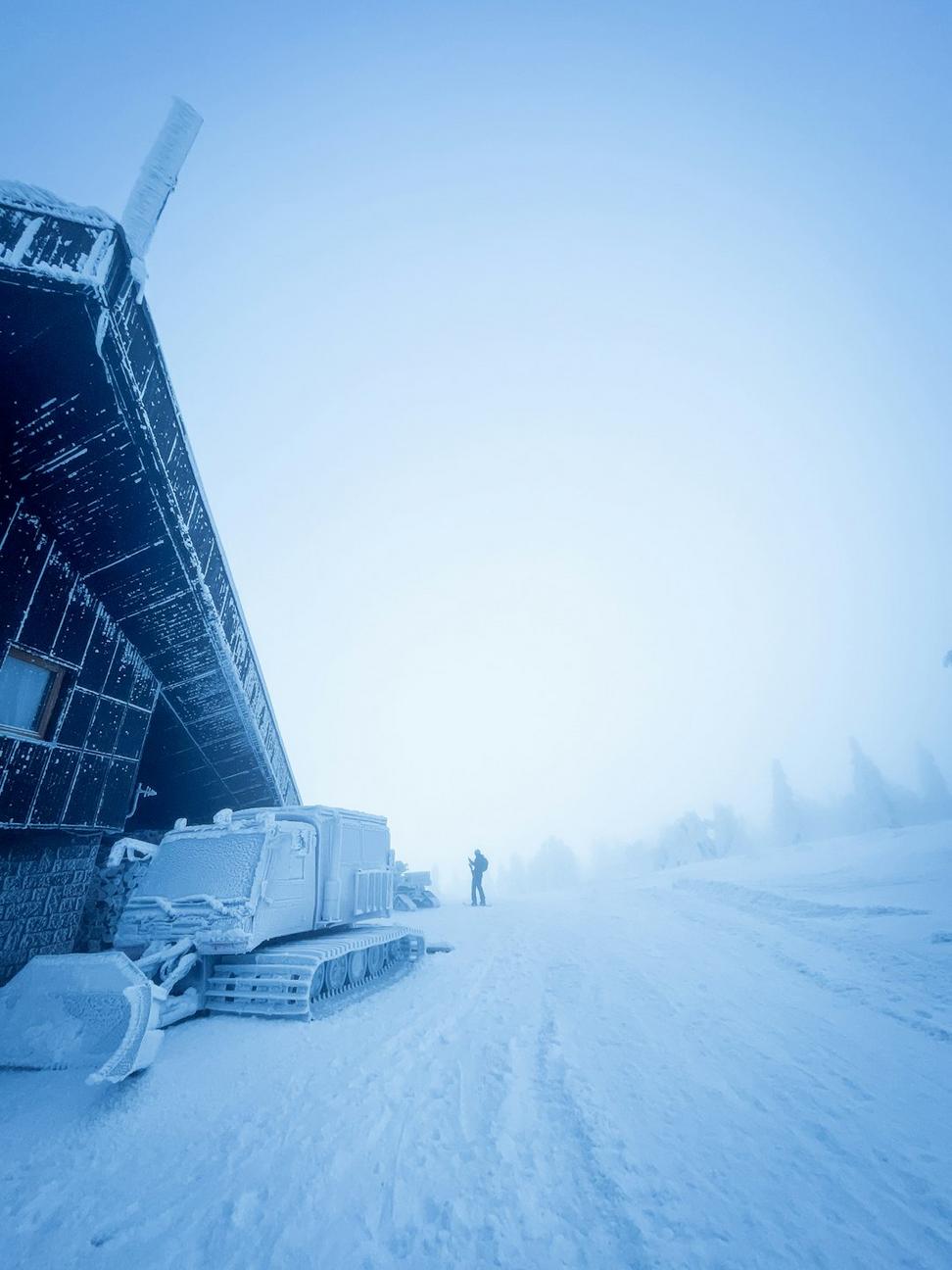
Northern businesses need buildings that work as hard as they do. Whether it's a mining facility, community center, or office building, downtime due to structural failures or system breakdowns isn't just inconvenient - it's financially devastating when you're operating in remote locations.
We've designed everything from warehouses that stay functional at minus-50 to retail spaces that welcome customers even during blizzard season. The key is understanding the specific demands of each use case. A workshop needs different ventilation than a grocery store. A school requires different acoustic and thermal zones than a government office. We get into the weeds on these details because that's where projects succeed or fail.
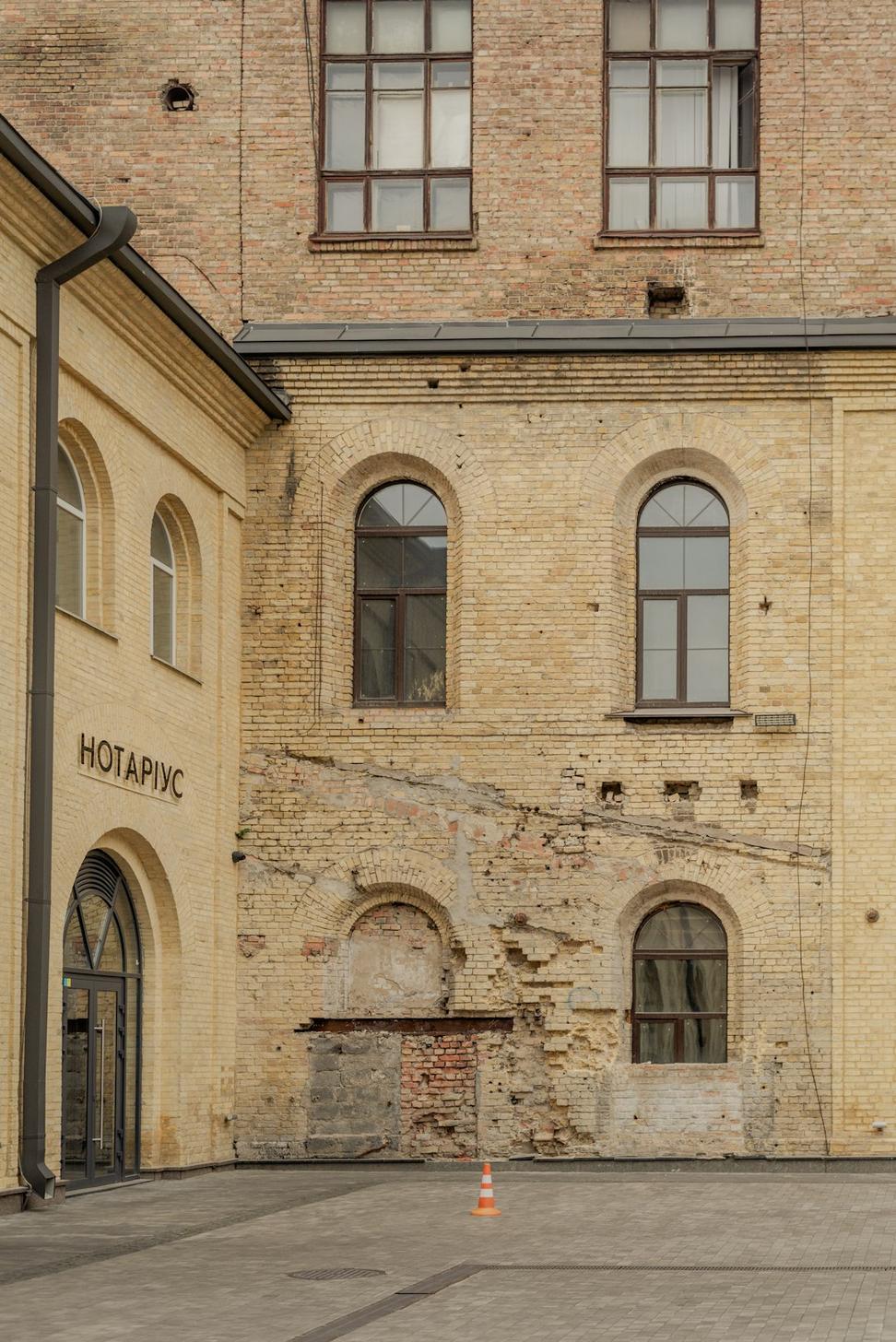
The North's got history, and some of its older buildings tell stories worth preserving. But you can't just slap some paint on a hundred-year-old structure and call it restored. These buildings need respect and modern building science working together.
Heritage work in cold climates is particularly tricky. Original construction methods often created ice dam problems or moisture issues that weren't apparent back then. We figure out how to upgrade performance while keeping the character that makes these buildings special. Sometimes that means hiding modern insulation behind historic facades. Other times it's about replicating old techniques with better materials. Each project's different, and that's what makes this work interesting.
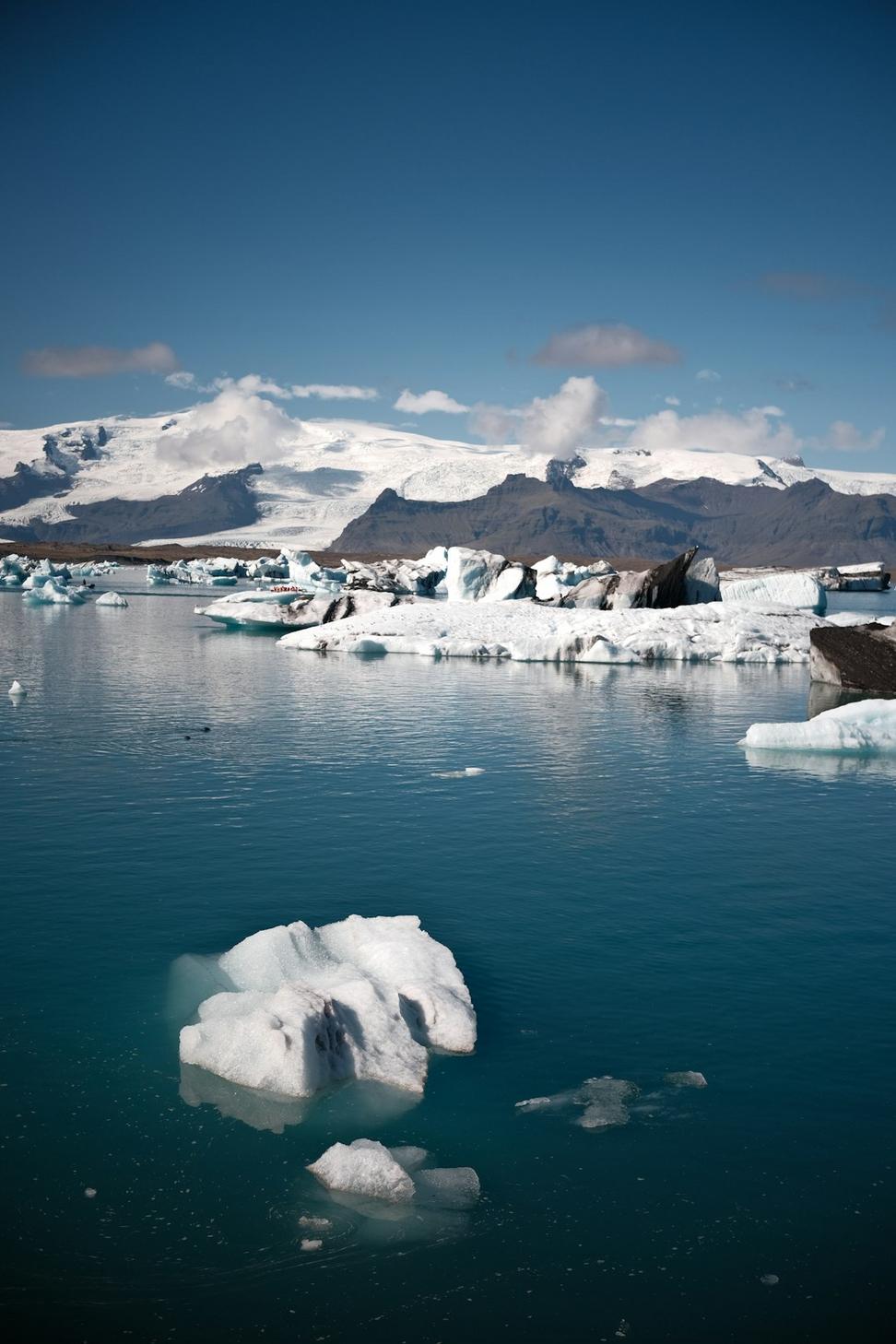
Arctic ecosystems are fragile in ways that aren't immediately obvious. A decision that seems minor - where to place a road, how to handle runoff, when to schedule construction - can have lasting consequences. We help clients understand what they're working with before breaking ground.
This isn't about blocking development. It's about smart development that doesn't create problems we'll be dealing with for decades. We look at permafrost stability, wildlife corridors, drainage patterns, and seasonal access issues. Sometimes the assessment reveals that moving a building fifty feet solves multiple problems. Other times it means rethinking the entire approach. Either way, it's better to know upfront than to discover issues when you're halfway through construction.
Every project's different, but our approach stays consistent. We don't believe in cookie-cutter solutions when you're building where the stakes are this high.
We start by understanding your needs, budget, and site constraints. No two northern locations are identical.
Deep dive into climate data, soil conditions, local codes, and material availability for your specific location.
We develop solutions that balance performance, aesthetics, and practicality. Lots of back-and-forth until it's right.
We stay involved through construction and check back after you've been living or working in the space.
Whether you've got detailed plans or just an idea you're kicking around, let's talk. We're happy to discuss what's possible, what's practical, and what'll actually work in your specific situation. No pressure, no sales pitch - just honest conversation about northern architecture.
Get In Touch